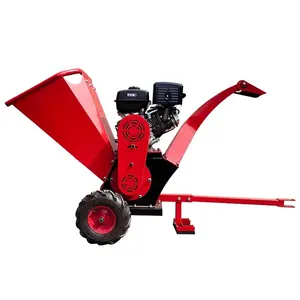Popular in your industry











Related Searches:























Top categories
About dehydrated food
Dehydrated food is food with most or all of its water content removed, either through sun drying along with warm air, adding a dehydrating machine, or any other process. One of the most common types of dehydrated food is dried fruit. This process preserves food, making it last longer and easier to transport and can be a vital part of a healthy diet because it can provide the body with all the nutrients it needs to function properly. Dehydrated food can be used in a wide range of dishes. Freeze-dried food is a type of food that is freeze-dried. This process involves freezing the food and then dehydrating it in a vacuum chamber. This can help preserve the food's texture, taste, and nutritional value. Dehydrated food can be consumed on its own or added to various recipes to enhance their flavor. Types of dehydrated food include dried fruits, vegetables, herbs, and spices.
How to store dehydrated food
Storing dehydrated food properly is essential to ensure its longevity. It is crucial to store dehydrated food in airtight containers, such as jars or bags, to prevent moisture from getting in and spoiling the food. Exposure to air can cause the food to lose its taste and nutritional value. Dehydrated food should be stored in a cool, dark place, such as a pantry or cupboard, away from direct sunlight and heat. Exposing the food to light and heat can cause it to degrade and lose its color and flavor. Moreover, dehydrated food should be stored in a dry place to prevent moisture from getting in. Additionally, it is essential to label the containers with the date of dehydration and the type of food to keep track of its freshness. Finally, it is crucial to regularly check the dehydrated food for any signs of spoilage, such as off smells or discoloration, and discard any food that looks or smells off.
How to make dried fruit
Making dried food is a simple and effective way to preserve fruits. The first step in making dried fruit is to choose ripe and firm fruits. Overripe fruits can become mushy when dehydrated. The next step is to wash the fruits thoroughly to remove any dirt or pesticide residue. Fruits with thick skins, such as apples, peaches, and pears, should be peeled and cored before dehydrating. Once the fruits are prepared, they can be sliced into uniform pieces to ensure even drying. The fruits can be dehydrated using a dehydrator or an oven. A dehydrator is a specialized machine designed to remove moisture from food, while an oven can be used to dehydrate fruits at a low temperature. The fruits should be arranged in a single layer on the dehydrator trays or a baking sheet lined with parchment paper. The dehydrated dried fruit powder should be checked periodically and rotated to ensure even drying. The fruits are dried when they are pliable and leathery but not sticky. Once the fruits are fully dehydrated, they should be allowed to cool completely before being stored in airtight containers. Dried fruits can be enjoyed on their own as a healthy snack or added to cereals, oatmeal, yogurt, and baked goods.
What are the benefits of dried fruit
Dried fruit offers a plethora of benefits that make it a popular choice for many people. One of the most significant advantages of dried fruit is its long shelf life. The dehydration process removes the fruit's water content, which helps prevent microbial growth and spoilage. As a result, dried fruit can be stored for an extended period without refrigeration, making it a convenient and practical option for on-the-go snacking. Additionally, dried fruit is a nutrient-dense food, packing a concentrated source of essential vitamins, minerals, and fiber. For instance, dried apricots are rich in vitamin A and potassium, while raisins provide iron and antioxidants. Dried fruit is also a versatile ingredient that can enhance the flavor and texture of various dishes. Incorporating dry fruit stores in salads, trail mixes, granolas, and baked goods can add natural sweetness and a chewy texture. Moreover, dried fruit is a convenient and portable snack that can provide quick energy and satiate hunger. The compact size and extended shelf life make it an excellent choice for individuals with an active lifestyle, outdoor enthusiasts, and travelers.




























